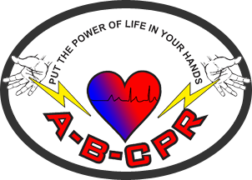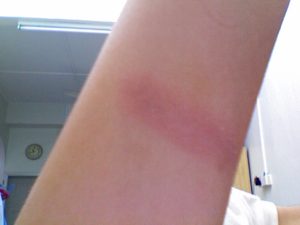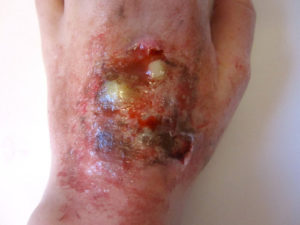You have once again opened up a boiling pot, which once again released an absurd amount of hot steam onto your arm. After using a few choice words, what do you do next?
What about when your kid has turned on the hot water rather than the cold water first? He or she scalds themselves and begins to cry, how severe is it actually? Do you go to the hospital?
What happens if there is a fire and it catches your clothes go up in flames?
Here is a quick guide to burns and the actions you should take! Reminder: Do not put any home remedies on your burn!
First Degree Burns:
This is can be caused by the sun, hot water, or quickly touching the stove.
There is a slight redness to the skin and no blisters.
Run under cool water, not extremely cold water, until skin cools. Take over the counter inflammation medication such as ibuprofen. You may use aloe vera cream to help ease pain.
Second Degree Burns:
This can be also be caused by the sun, hot surfaces, and chemicals. The difference between first and second degree burns is that the second degree burn will create blisters on the affected area.
Do not pop the blisters! They will pop naturally as the wound heals. Run under cool water and apply antibiotic cream to blisters.
Third Degree Burns:
These burns are caused primarily by fire or electrical burns. This burn is deep set and can be waxy, charred, dark brown, or leathery texture.
Call 911 immediately and do not attempt to self treat! Raise the burn above the heart and make sure no clothing is sticking to the wound.
As a rule of thumb if there is a burn in a sensitive area such as the face, groin, neck, buttocks, or feet and is larger than three inches, seek medical attention. If you are ever in doubt, call your physician and ask for medical advice. You can learn more about burns at any of our classes! Sign up here at a location near you!




Recent Comments